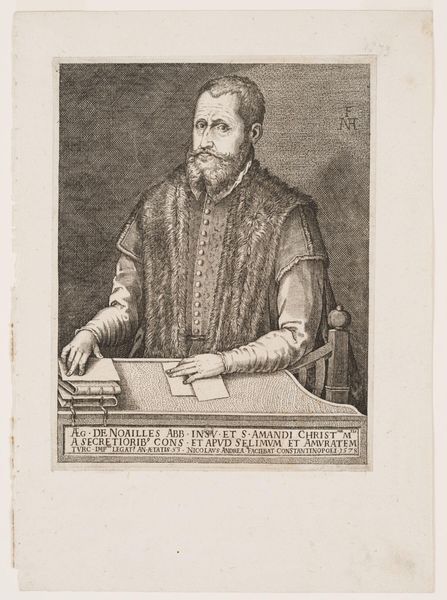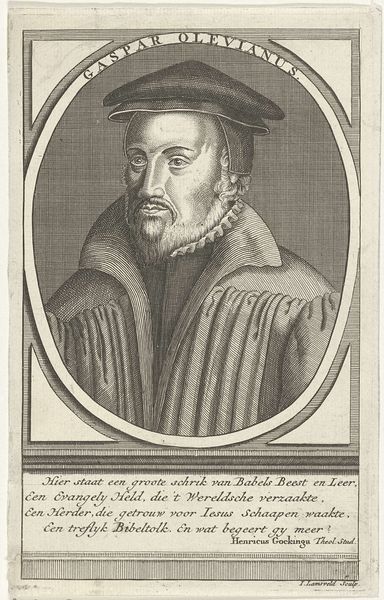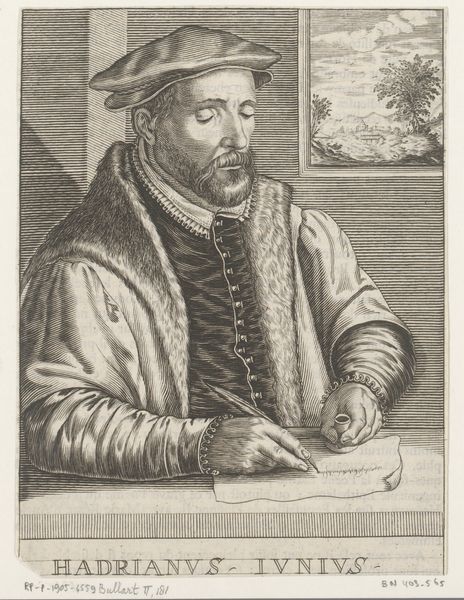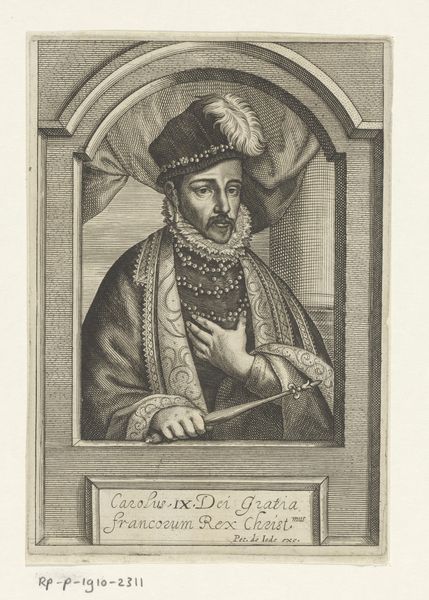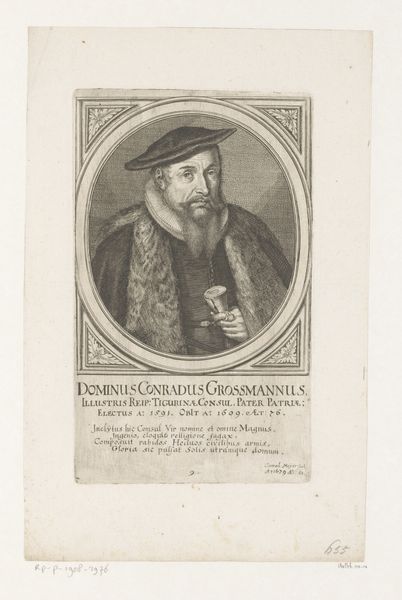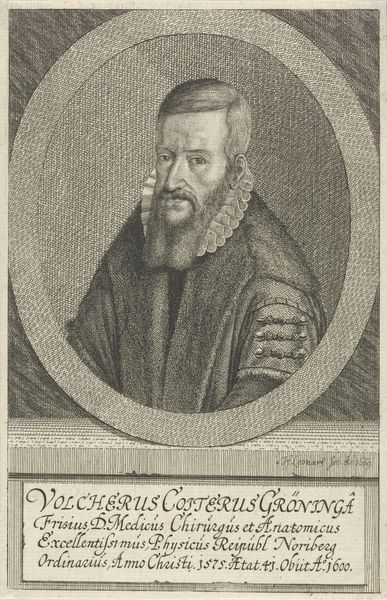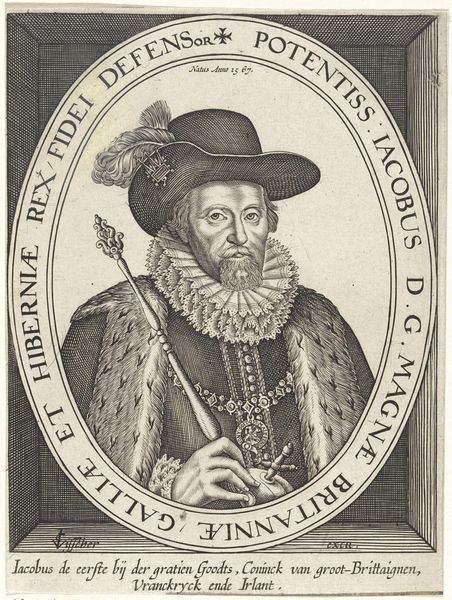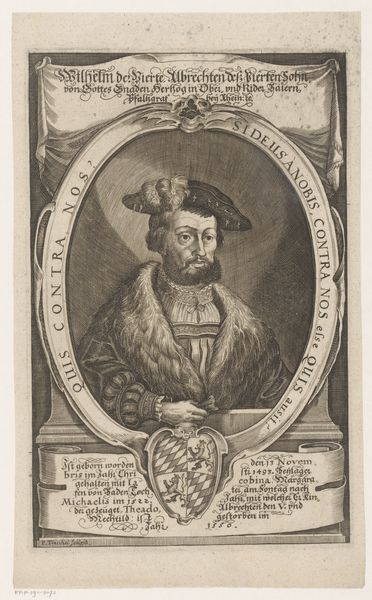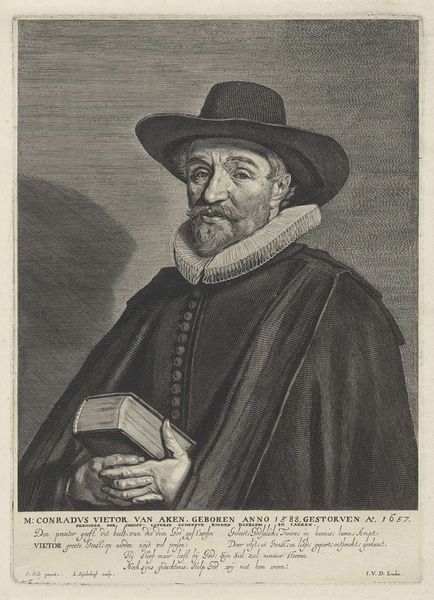
etching, paper, engraving
#
portrait
#
baroque
#
dutch-golden-age
#
etching
#
paper
#
engraving
Dimensions: height 204 mm, width 149 mm
Copyright: Rijks Museum: Open Domain
Editor: This is "Portret van Cornelis van Beveren" by Godfried Schalcken, made in 1677. It’s an etching, and the level of detail is really impressive. The subject looks quite austere, even though his clothing suggests wealth. What stands out to you? Curator: Immediately, I consider the visual rhetoric at play here. It's a portrait embedded in a complex power dynamic. Cornelis van Beveren's fur-trimmed coat and assured gaze certainly denote status. Yet, it's Schalcken's etching—a form of reproductive art—that solidifies van Beveren's place in the cultural memory of the Dutch Golden Age. It almost asks us to interrogate the social function of portraiture at that time. Who did it serve, and whose narratives were prioritized? Editor: So you are thinking about who gets remembered, and how art plays a role? Curator: Precisely! Think about the burgeoning merchant class in the Dutch Republic, solidifying their power through global trade, often at the expense of colonized people. Is van Beveren a symbol of Dutch prosperity, a reminder of economic and colonial structures? Is the visual declaration of individual status inextricably linked to broader social inequalities? The choice of etching, which can be reproduced en masse, begs us to also reflect on how power and representation intersect in Early Modern Europe. How accessible was this image, and who was intended to see it? Editor: I didn't consider that at all. Seeing it only as a portrait, I missed the broader implications. Curator: That's the beauty of art history, isn't it? It prompts us to consider the multiple, often conflicting, layers of meaning embedded within an image. Editor: It certainly gives me a lot more to think about!
Comments
No comments
Be the first to comment and join the conversation on the ultimate creative platform.
